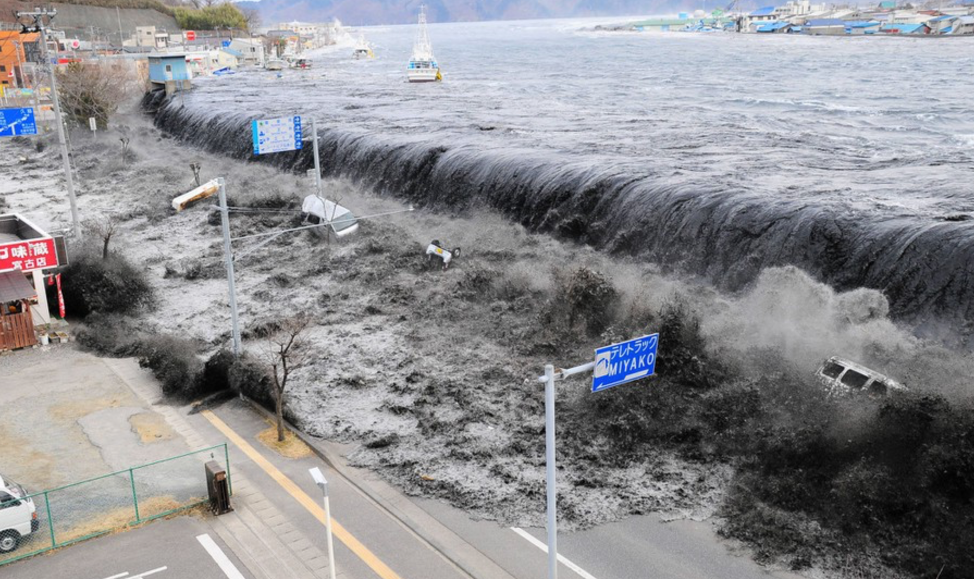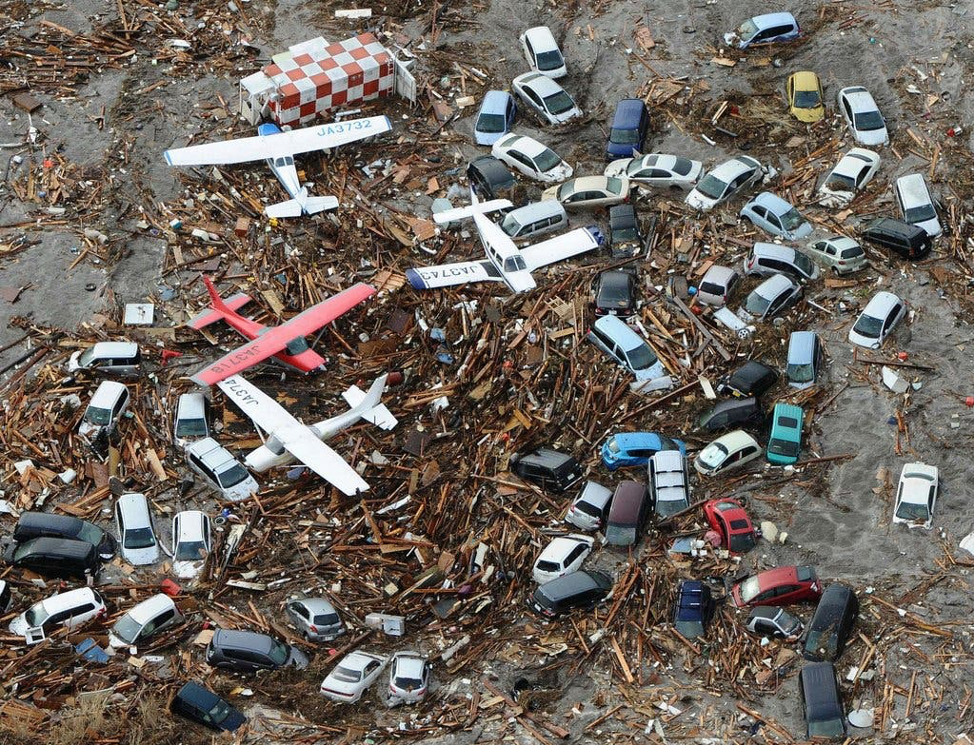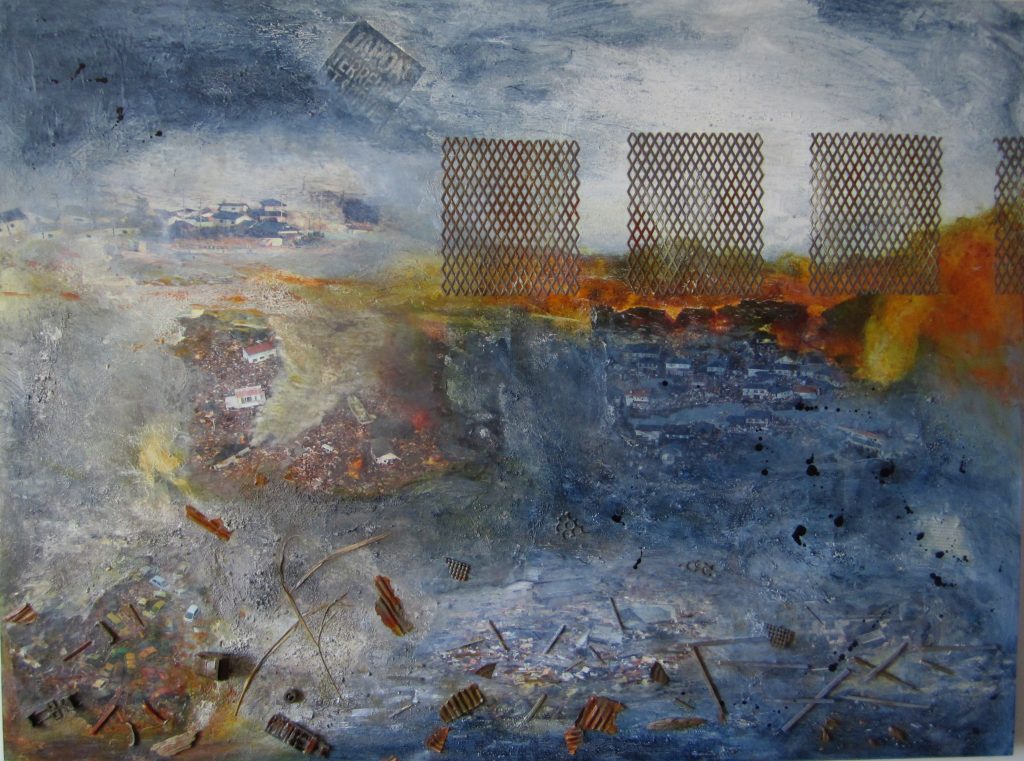by Barbara Arnold — Jun 15, 2020
All we seem to read and hear about right now is the Covid-19 situation in the world. In this blog, I would like to talk about the power of art. Fine Art can help us identify with one and another and expand our notion of who we are.
One of the great challenges today is that we often feel untouched by the problems of others and by global issues like climate change and the challenges mother nature presents us with, even when we could easily do something to help. We do not feel strongly enough that we are part of a global community, part of a larger web. Giving people access to data most often leaves them feeling overwhelmed and disconnected, not empowered and poised for action. This is where art can make a difference. Art does not show people what to do, yet engaging with art can connect you to your senses, body, and mind. It can make the world felt. And this felt feeling may spur thinking, engagement, and even action.
Most of us know the feeling of being moved by a work of art, whether it is a song, a play, a poem, a novel, or a painting. When we are touched, we are moved; we are transported to a new place that is, nevertheless, strongly rooted in a physical experience, in our bodies. We become aware of a feeling that may not be unfamiliar to us but which we did not actively focus on before. This transformative experience is what art is constantly seeking.
The 2011 Japanese Tsunami influenced me to attempt a painting called Subduction, which would depict the devastation and terrible toll of life and property.
By incorporating many different mediums, textures, photo transfers and other objects, this painting hopefully conveyed the chaotic atmosphere and surreal mood created by this natural disaster. When I created this painting, I hoped to inspire others to help the people in Japan in whichever way they could and to raise awareness for earthquake preparedness.
The three blocks in the painting represent the Fukushima Daiichi Nuclear Power Plant complex.
The work portrays the fires and the powerful inundation of seawater that tore apart coastal towns and villages. It shows how the water carried ships inland as thousands of homes were flattened and then washed tons of debris and vehicles back out to sea.
The name: “Subduction” In Geology, subduction is the process that takes place at convergent boundaries by which one tectonic plate moves under another tectonic plate. The strains caused by plate convergence in subduction zones cause earthquakes and tsunamis.

On March 11, 2011, a magnitude-9 earthquake shook northeastern Japan, unleashing a savage tsunami (the Japanese word for “harbour wave”).
It was the most powerful earthquake ever recorded in Japan. It was the fourth most powerful earthquake in the world since modern record-keeping began in 1900. The earthquake triggered a powerful tsunami. First came the roar and rumble of the temblor, shaking skyscrapers, toppling furniture and buckling highways. Then waves that may have reached heights of up to 40.5 meters rushed onto the shore, whisking away cars and carrying blazing buildings toward factories, fields and highways.
The tsunami swept the Japanese mainland and killed over ten thousand people, mainly through drowning, though blunt trauma also caused many deaths. The latest report from the Japanese National Police Agency report confirms 15,899 deaths, 6,157 injured, and 2,529 people missing across twenty prefectures, and a report from 2015 indicated 228,863 people were still living away from their home in either temporary housing or due to permanent relocation.
The tsunami caused nuclear accidents, primarily the level 7 meltdowns at three reactors in the Fukushima Daiichi Nuclear Power Plant complex. Many electrical generators ran out of fuel.
The Fukushima nuclear disaster released toxic, radioactive materials into the environment and forced thousands of people to evacuate their homes and businesses.
At $360 billion, the earthquake and tsunami resulted in the costliest disaster to date. For comparison, Hurricane Katrina’s economic impact was $250 billion. Nearly 20,000 people died or went missing; more than 90% of deaths were from drowning during the tsunami.
The Japanese government estimated that the tsunami swept about five million tons of debris offshore, but that 70% sank, leaving 1.5 million tons floating in the Pacific Ocean. The National Oceanic and Atmospheric Administration (NOAA) expects remnants of the debris that the tsunami washed into the ocean to reach U.S. and Canadian shores over the next several years.

I believe that one of the goals of artists is to help people not only get to know and understand something with their minds but also to feel it emotionally and physically. By doing this, art can mitigate the numbing effect created by the overload of information we are faced with today, and motivate people to turn thinking into doing.
I am convinced that by bringing us together to share and discuss, a work of art can make us more tolerant of differences and of one another. The encounter with art – and with others over art – can help us identify with one another, expand our notions of we, and show us that individual engagement in the world has actual consequences.
The Covid-19 event has already inspired many artists to create incredible works. Perhaps some of those will also have the power to change the world and make us more aware of how to avoid a virus from spreading worldwide and how to be kinder to each other.



No Comments